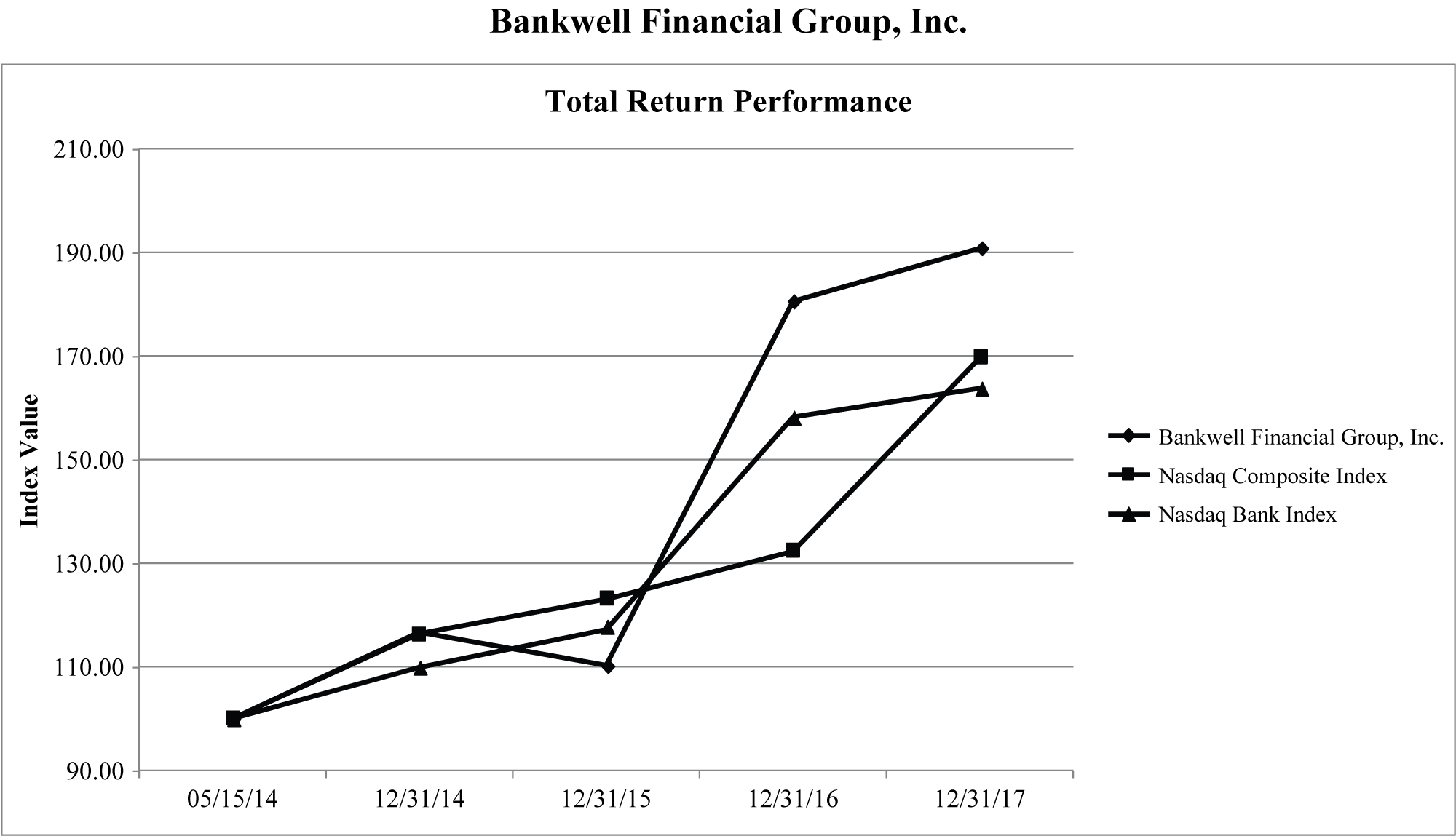Salaries and employee benefits. Salaries and employee benefit costs are the largest component of noninterest expense and include employee payroll expense, equity and non-equity incentive compensation, health insurance, benefit plans and payroll taxes. Salaries and employee benefits increased by $0.6 million, or 4%, for the year ended December 31, 2017 compared to the year ended December 31, 2016, largely reflecting an increase in full time equivalent employees. Average full time equivalent employees totaled 134 at December 31, 2017 compared to 124 at December 31, 2016.
Occupancy and equipment. Rent, depreciation and maintenance costs comprise the majority of occupancy and equipment expenses, which increased by $354 thousand, or 6%, for the year ended December 31, 2017, compared to the year ended December 31, 2016. The increase was driven by increases in IT related expenses, one time charges relating to back office consolidation activity and maintenance costs for our headquarters building acquired in the fourth quarter of 2016.
Professional services. Professional services include legal, audit and professional fees paid to external parties. For the year ended December 31, 2017 professional services increased by $418 thousand, or 25%, compared to the year ended December 31, 2016. The increase in the 2017 expense is primarily driven by increased fees paid for internal and external audit, and consulting services to support the overall growth of the business.
Year ended December 31, 2016 compared to year ended December 31, 2015
Noninterest expense was $29.5 million for the year ended December 31, 2016, compared to $29.2 million for the year ended December 31, 2015. The increase of $0.4 million, or 1%, largely reflects higher occupancy and equipment expense, reflecting IT related expenses to support growth initiatives, rent expense related to the opening of the Norwalk branch in March of 2015 and higher professional services expense as a result of an increase in fees paid in relation to strategic initiatives.
Salaries and employee benefits. Salaries and employee benefit costs are the largest component of noninterest expense and include employee payroll expense, equity and non-equity incentive compensation, health insurance, benefit plans and payroll taxes. Salaries and employee benefits decreased by $0.1 million, or 1%, for the year ended December 31, 2016 compared to the year ended December 31, 2015, largely reflecting a slight decline in average full time equivalent employees when compared to the prior year and an increase in the deferral of the salary component of loan origination costs. Average full time equivalent employees totaled 124 at December 31, 2016 and 127 at December 31, 2015.
Occupancy and equipment. Rent, depreciation and maintenance costs comprise the majority of occupancy and equipment expenses, which increased by $470 thousand, or 9%, for the year ended December 31, 2016, compared to the year ended December 31, 2015. The increase primarily related to IT related expenses to support growth initiatives and rent expense related to the opening of the Norwalk branch in March of 2015.
Professional services. Professional services include legal, audit and professional fees paid to external parties. For the year ended December 31, 2016 professional services increased by $207 thousand, or 14%, compared to the year ended December 31, 2015. The increase in the 2016 expense is primarily driven by an increase in fees paid related to strategic initiatives.
Income Taxes
Income tax expense for the years ended December 31, 2017, 2016 and 2015 totaled $11.3 million, $6.0 million and $4.8 million, respectively. The effective tax rates for the years ended December 31, 2017, 2016 and 2015, were 45.0%, 32.6% and 34.9%, respectively. The increase in the effective tax rate for the year ended December 31, 2017 is primarily due to the Tax Cuts and Jobs Act of 2017, which resulted in a $3.3 million write-down of the Company’s deferred tax asset which was recognized as a direct increase to income tax expense.
Our net deferred tax asset at December 31, 2017, was $4.9 million, compared to $9.1 million, at December 31, 2016. The decrease in the deferred tax asset at December 31, 2017 is primarily a result of the tax law changes enacted in late 2017, for which the Company recognized a write-down of its deferred tax asset in the amount of $3.3 million.
